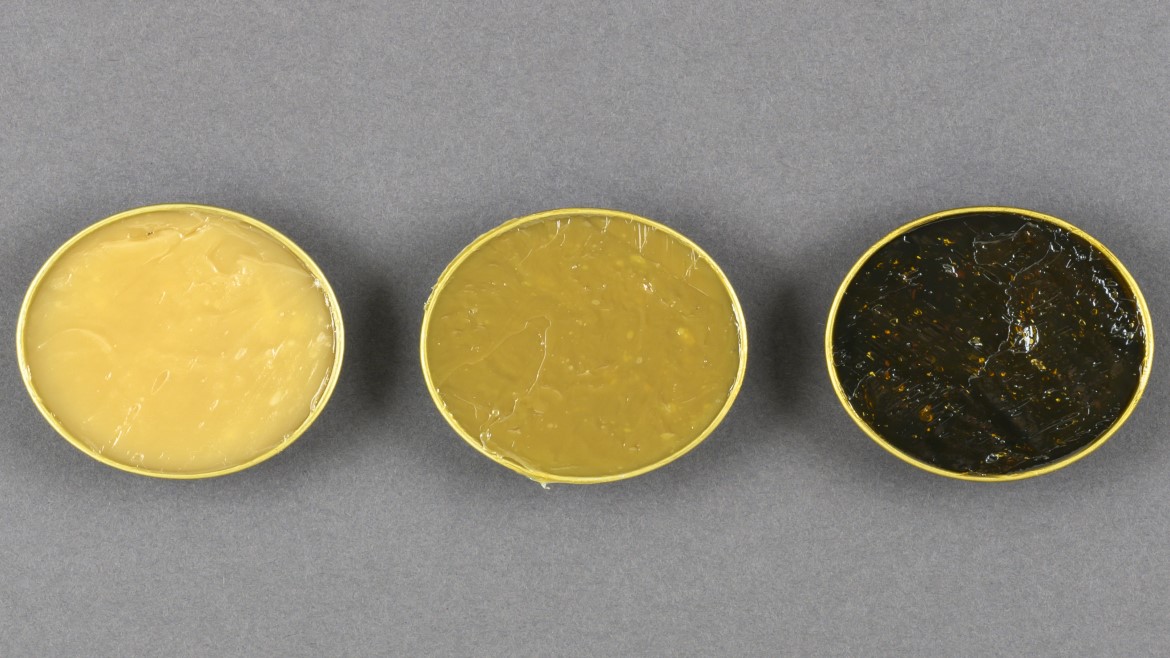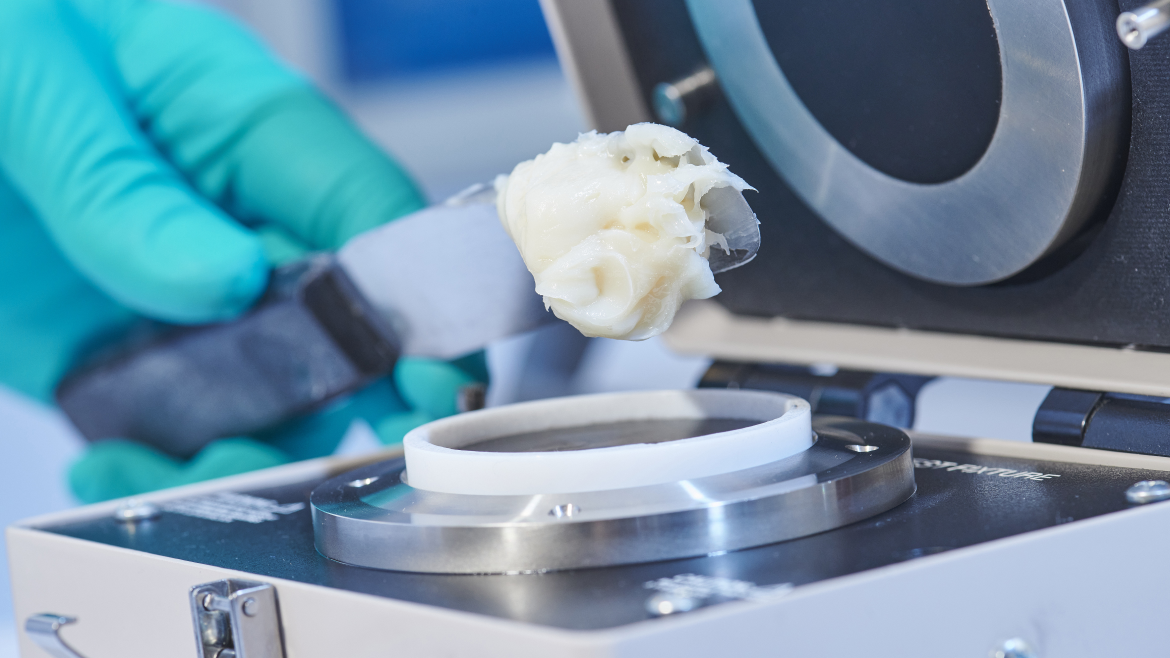The new NLGI high-performance multiuse grease specification delivers performance benefits with wider industry application. In an earlier article, we discussed the background and value of the new high-performance multiuse (HPM) grease specification introduced by the National Lubricating Grease Institute (NLGI). In this article, we briefly summarize the tests involved in the HPM core specification; separate articles will be available for each of the enhanced performance categories of water resistance, corrosion resistance, high load carrying capacity, low temperature and long life.
Delivering increased performance over GC-LB certified greases as well as having wider industry application, the core HPM specification incorporates new test requirements as well as adopting a number of existing tests from the GC-LB specification.
Tighter Limits with the Carry Over Tests
Six tests have been carried over from the existing GC-LB specification, with stricter limits being set across the majority.
To allow for the needs of the application, the HPM core specification maintains the NLGI Grades #3, #2 and #1 found within both the GC-LB and many other specifications. The core specification also incorporates a tighter water washout test limit (ASTM D1264 test);, addressing concerns that existing GC-LB specification limits are too wide.
Tighter limits have also been introduced in the ‘oil separation from lubricating grease during storage’ test (ASTM D1742). When a lubricating grease separates a significant amount of oil, the remaining grease increases in consistency, affecting its ability to function as intended. During the development of the HPM specification, it was widely felt the limits in both the GC-LB and the LB specification were too wide and should be addressed in the new core specification.
Tighter limits versus the GC specification have been introduced for the four-ball wear scar test (ASTM D2266), which covers the determination of the wear preventive characteristics of greases in sliding steel-on-steel applications. More stringent limits have also been introduced on the four-ball extreme pressure test (ASTM D2596); the test designed to cover the determination of the load-carrying properties of lubricating greases.
Finally, and maintaining the same test limits as the GC-LB specification, is the bearing rust test (ASTM D1743); the test for determining rust preventive properties of lubricating greases.
New Tests Within the Core HPM Specification
Eight new tests have been introduced to the HPM core specification, delivering improved performance and wider industry application over the current NLGI GC-LB specification.
To address concerns about shear stability not being covered within the GC-LB specification, an additional prolonged work penetration test (ASTM D217) has been introduced. While the test is relatively common and used in many industries, the core specification sets challenging limits for grease formulators to pass as part of the approval process.
As well as adding a modified elastomer compatibility test (ASTM D4289) which tests more relevant materials, the core specification sees the introduction of a low temperature, low torque test (ASTM D1478), which measures the extent to which a grease delays the rotation of a slow-speed ball bearing by measuring starting and running torques, at a temperature of -20°C.
Originally intended to be used in the GC-LB specification and commonly used across a number of general automotive specifications, an oxidation stability test (ASTM D942) with a prescribed pressure drop limit is being added into the core specification. The new specification also introduces a copper corrosion test (ASTM D4048) which measures the tendency of lubricating grease to tarnish or corrode copper under specific static conditions.
In addition to the tighter limits being introduced on the oil separation from lubricating grease test mentioned previously, an additional oil separation test (ASTM D6184) has been added to the core specification. Greases passing this more severe test must demonstrate acceptable performance at an elevated temperature of 100°C over 30 hours running time.
To ensure the grease has good structural stability and will not shear soften excessively, a roll stability test is being introduced (ASTM D1831). Delivering new performance requirements over the GC-LB specification, the test limit may be tightened in a subsequent revision of the HPM specification.
The final test being added to the HPM core specification is the Emcor (dynamic anti-rust) test), contained within ASTM D6138, which assesses the ability of grease to prevent corrosion in rolling bearings operated in the presence of distilled water.

Greases passing the HPM core specification allow grease marketers to use the approved certification mark on their products and in promotional materials, in line with NLGI’s terms of use.
Our View
The new NLGI high-performance multiuse grease core specification delivers wider industry application and performance benefits way beyond GC-LB greases.
In order to pass the more severe HPM core specification requirements, the grease lubricant requires careful re-formulation, such as higher-performing antioxidants, metal inhibitors, performance polymers and bespoke anti-fretting additives.
The availability of HPM-certified greases provides a true upgrade in performance levels, delivering tangible benefits to all stakeholders in the supply chain.
For more information on the NLGI HPM grease specification, please contact your Lubrizol representative.









